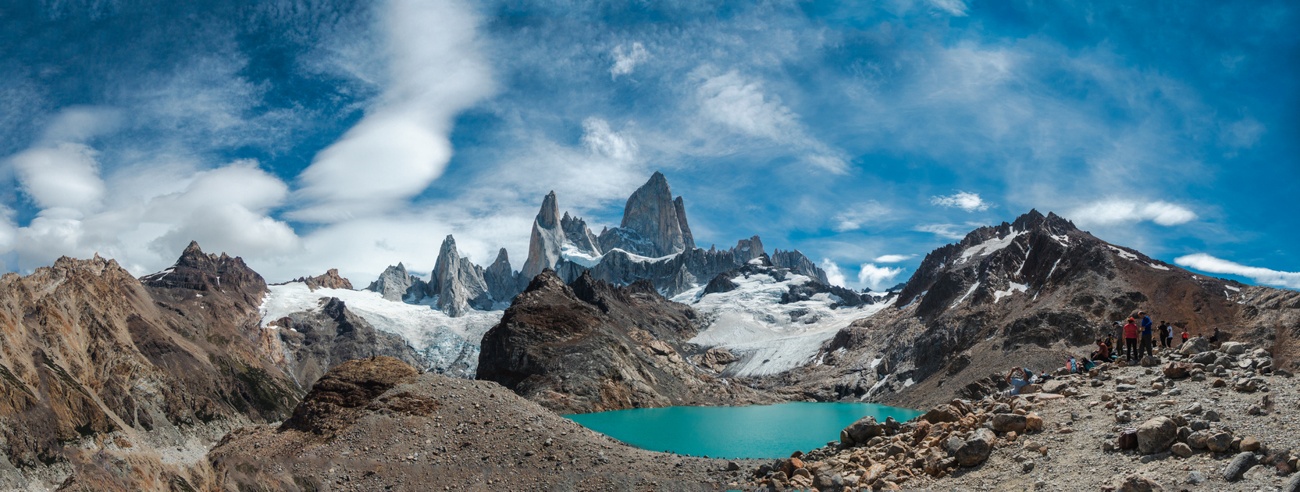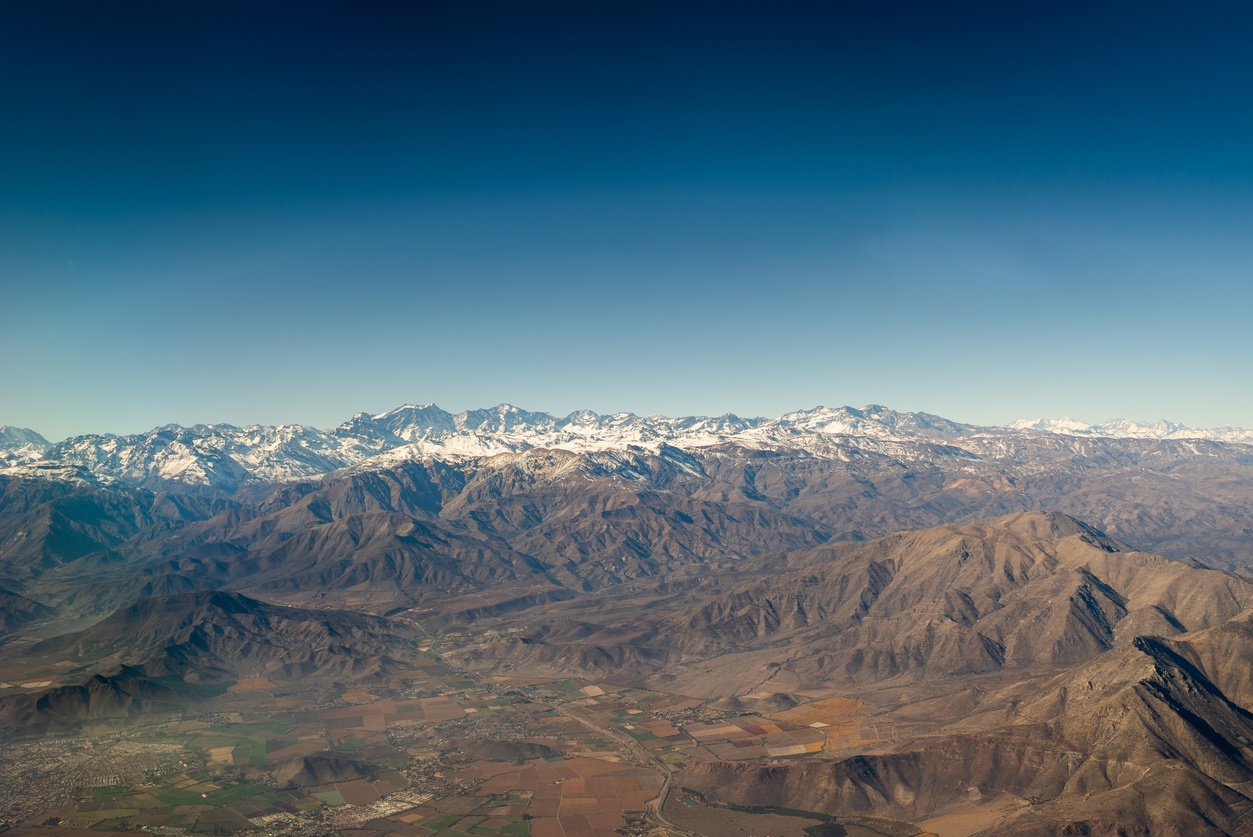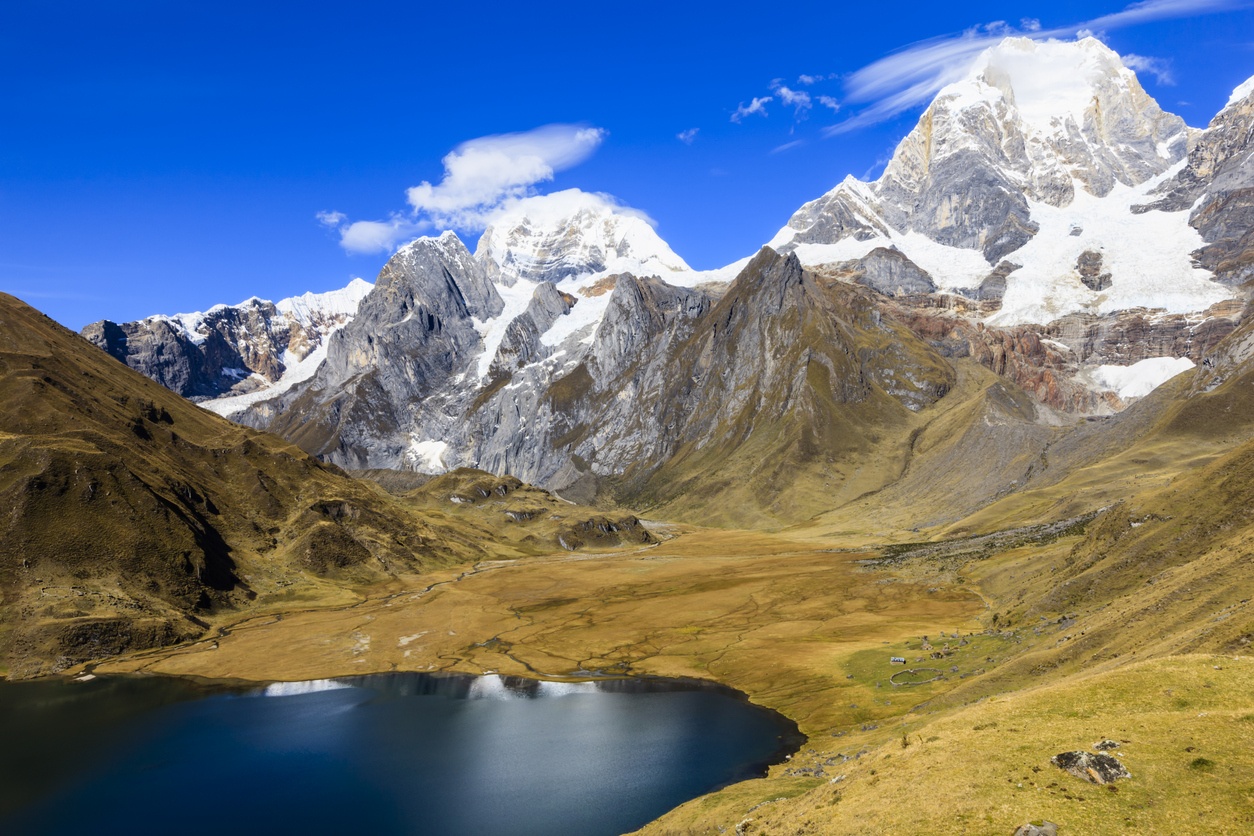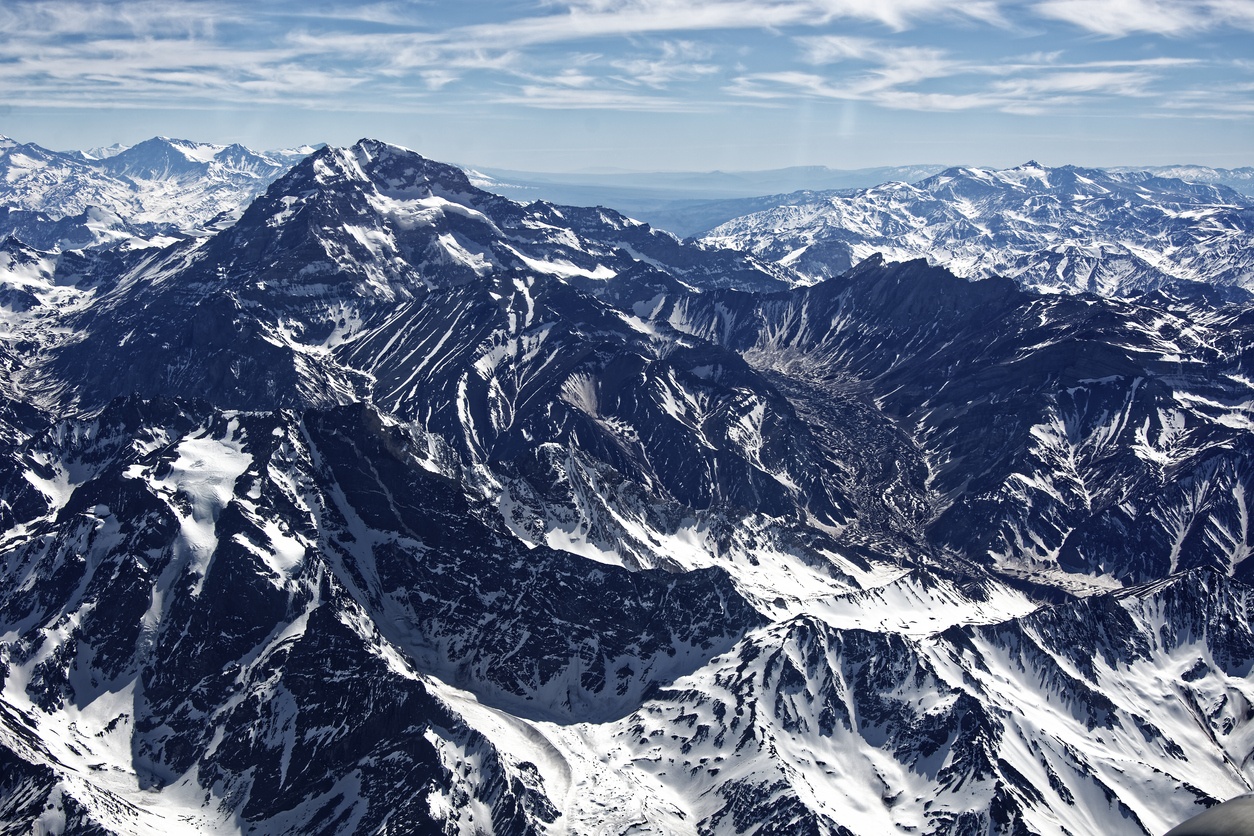
How did the Andes Mountains become so big?
The Andes are the longest mountain range in the world over water. They stretch 8900 kilometers along the western periphery of South America, are up to 700 kilometers wide and in some places rise almost seven kilometers into the sky. But how this colossal mountain range arose from the Earth’s interior remains unclear among geologists.

A new hypothesis
Researchers at the University of Copenhagen present a new hypothesis. Using a novel method developed by one of the researchers, they closely studied the tectonic plate on which the mountain range sits. Their finding has shed new light on how the Andes were formed.

Huge pieces of a jigsaw puzzle
Tectonic plates cover the Earth’s surface like huge pieces of a jigsaw puzzle. They move a few centimeters every year, at the same rate as our fingernails grow. From time to time, these plates can suddenly speed up or slow down. Yet we know little about the ferocious forces behind these events.

More accurate estimates than ever before
The UCPH researchers came up with more precise estimates than ever before, both in terms of how much and how often the plates changed velocity historically.

Suddenly and dramatically changed gears and braked twice.
The researchers’ new calculations show that the South American plate suddenly and dramatically shifted gears and slowed down on two significant occasions in the last 15 million years. And this may have contributed to the extension of the enormous chain.

Braking between periods
The results of the study have been published in the journal Earth and Planetary Science Letters. Interestingly, the two sudden slowdowns occurred between periods when the Andean mountain range was under compression and growing rapidly in altitude.

The mountains grew wider
«In the periods before the two braking events, the plate immediately to the west, the Nazca plate, crashed into the mountains and compressed them, causing them to grow taller. This result could indicate that part of the pre-existing mountain range acted as a brake on both the Nazca plate and the South American plate. As they slowed down, the mountains grew wider,» explains first author and PhD student Val.

Estimates of unparalleled accuracy
The method for estimating tectonic plate velocity changes builds on previous work done in 2016 by associate professor and study co-author Giampiero Iaffaldano and Charles DeMets. The novelty of the method is that it uses high-resolution geological data, which are normally only used to calculate the motion of plates relative to each other. In this case, the same data have been used to calculate the changes in the motion of the plates relative to the planet itself. This provides estimates of unparalleled accuracy.






